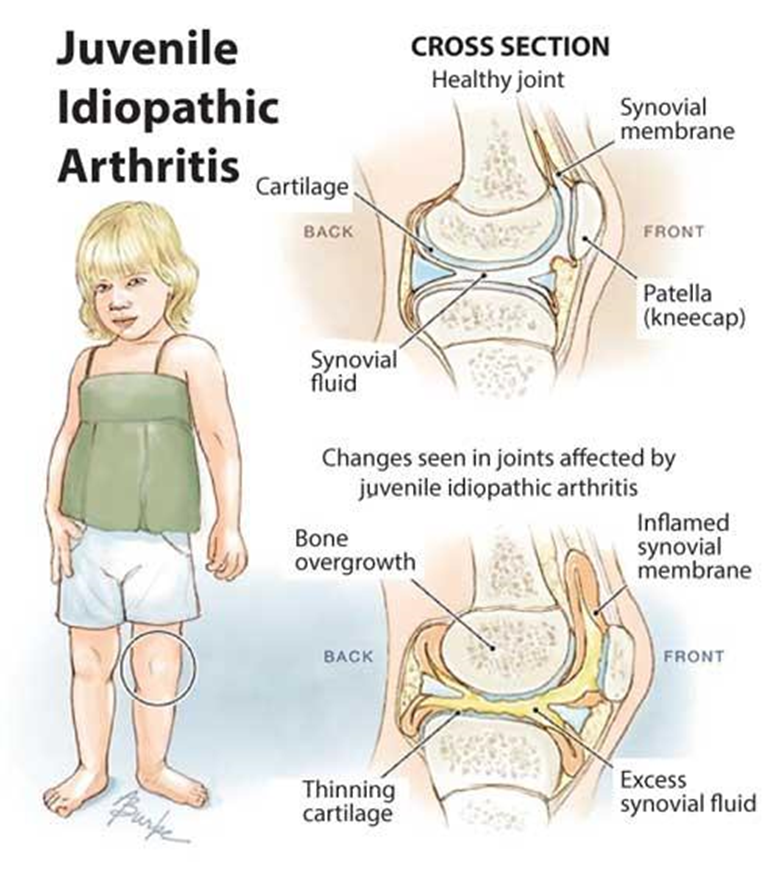A nurse is caring for a 3-year-old child who was admitted with acute diarrhea and dehydration. Which of the following findings indicates that oral rehydration therapy has been effective?
Respiratory rate of 24 breaths/min
Heart rate of 130/min
Urine specific gravity of 1.015
Capillary refill of greater than 3 seconds
The Correct Answer is C
Choice A reason: A respiratory rate of 24 breaths/min is within the normal range for a 3-year-old child. It does not indicate the degree of hydration or dehydration of the child.
Choice B reason: A heart rate of 130/min is above the normal range for a 3-year-old child, which is 80 to 120/min. It may indicate dehydration, fever, pain, or anxiety. It does not indicate the effectiveness of oral rehydration therapy.
Choice C reason: A urine specific gravity of 1.015 is within the normal range for a child, which is 1.005 to 1.030. It indicates that the child's urine is adequately concentrated and that the child is well hydrated. It is a reliable indicator of the effectiveness of oral rehydration therapy.

Choice D reason: A capillary refill of greater than 3 seconds is abnormal and indicates poor peripheral perfusion. It may be a sign of dehydration, shock, or hypothermia. It does not indicate the effectiveness of oral rehydration therapy.
Nursing Test Bank
Naxlex Comprehensive Predictor Exams
Related Questions
Correct Answer is C
Explanation
Choice A reason: This is not a correct instruction for the nurse to include in the teaching plan. The parents should not adjust the length of the straps of the Pavlik harness by themselves, as this may affect the position and stability of the infant's hips. The nurse should instruct the parents to bring the infant to the provider's office regularly for check-ups and adjustments of the harness.
Choice B reason: This is not a correct instruction for the nurse to include in the teaching plan. The parents should not breastfeed the infant while wearing the harness, as this may interfere with the proper alignment and function of the harness. The nurse should instruct the parents to remove the harness before breastfeeding the infant, and to reapply it after feeding.
Choice C reason: This is a correct instruction for the nurse to include in the teaching plan. The parents should place the diaper under the straps of the harness, as this prevents the diaper from interfering with the position and function of the harness. The nurse should instruct the parents to change the diaper frequently and to avoid using bulky or cloth diapers.
Choice D reason: This is not a correct instruction for the nurse to include in the teaching plan. The parents should not remove the harness when bathing the infant, as this may interrupt the treatment and cause complications. The nurse should instruct the parents to sponge bathe the infant while wearing the harness, and to keep the harness clean and dry.
Correct Answer is B
Explanation
Choice A reason: Encouraging the child to take a 45 min nap daily is not a helpful instruction, as it may interfere with the child's normal sleep pattern and school schedule. The child may benefit from regular rest periods throughout the day, but not necessarily a long nap. ⁵
Choice B reason: Administering prednisone on an alternate day schedule is a helpful instruction, as it is a common way of prescribing corticosteroids for children with juvenile idiopathic arthritis. Corticosteroids are used to reduce inflammation and control symptoms, but they have many side effects, such as growth suppression, weight gain, and osteoporosis. Giving the medication every other day may reduce some of these side effects and improve compliance. ⁶

Choice C reason: Applying cool compresses for 20 min every hour is not a helpful instruction, as it may cause skin damage and discomfort. Cool compresses may be useful for acute inflammation, but not for chronic arthritis. Warm compresses or baths may be more soothing and beneficial for the child's joints. ⁷
Choice D reason: Allowing the child to stay at home on days when her joints are painful is not a helpful instruction, as it may lead to social isolation, academic difficulties, and reduced physical activity. The child should be encouraged to attend school and participate in activities as much as possible, with appropriate accommodations and modifications if needed. The child may also benefit from physical therapy, occupational therapy, and pain management strategies. ⁸
Whether you are a student looking to ace your exams or a practicing nurse seeking to enhance your expertise , our nursing education contents will empower you with the confidence and competence to make a difference in the lives of patients and become a respected leader in the healthcare field.
Visit Naxlex, invest in your future and unlock endless possibilities with our unparalleled nursing education contents today
Report Wrong Answer on the Current Question
Do you disagree with the answer? If yes, what is your expected answer? Explain.
Kindly be descriptive with the issue you are facing.
